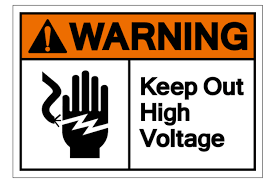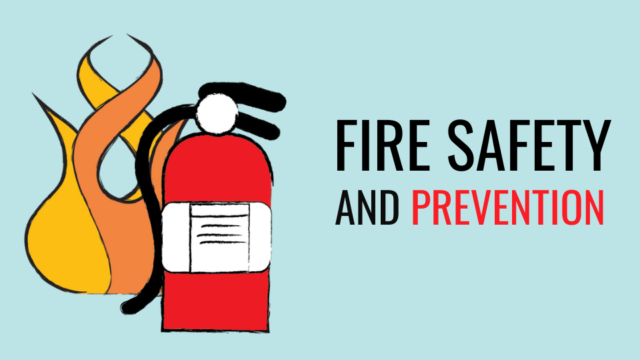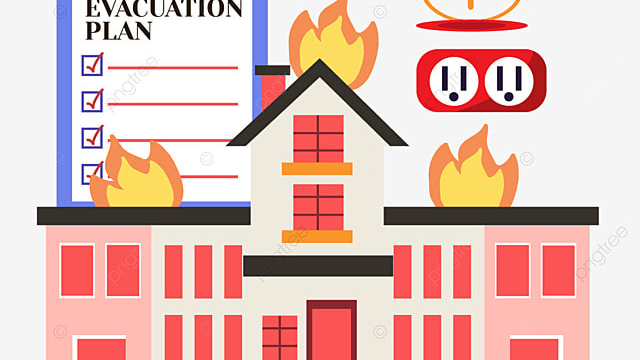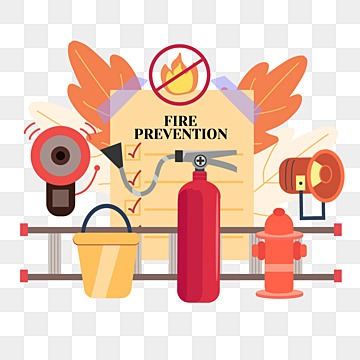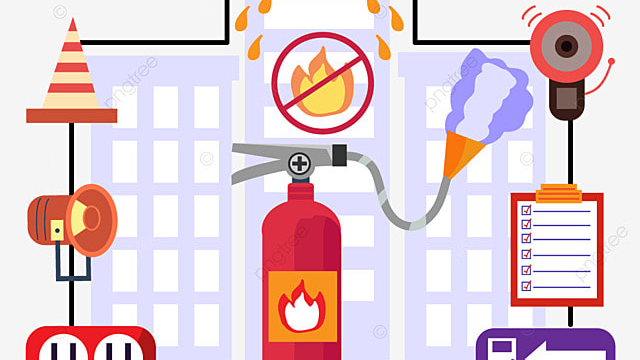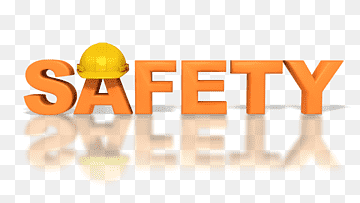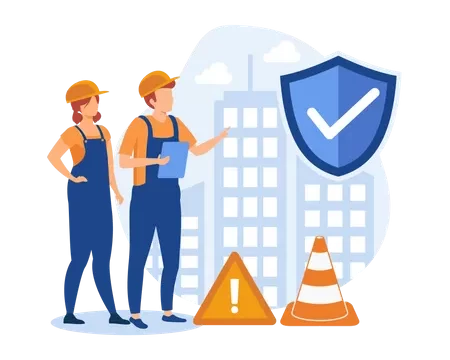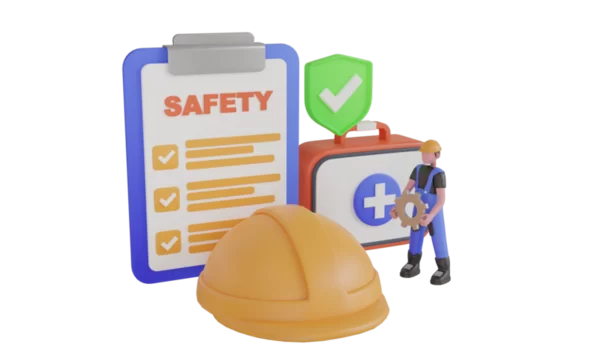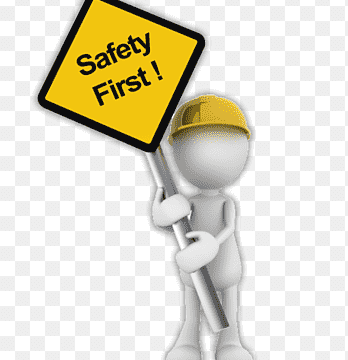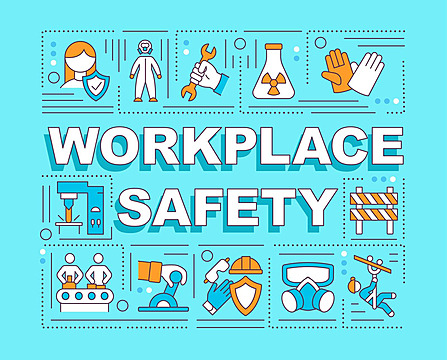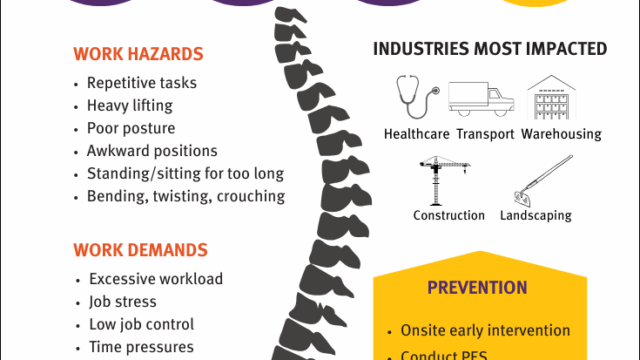Popular
Electrical Safety Industrial Best Practices
Description
Course Duration:
1-2 days (customizable based on depth and audience expertise)
Target Audience:
- Electrical engineers
- Maintenance personnel
- Technicians
- Safety officers
- Supervisors and managers in industrial settings
Course Objectives:
By the end of this course, participants will:
- Understand electrical hazards in an industrial environment.
- Learn best practices and industry standards for electrical safety.
- Identify and mitigate risks associated with electrical work.
- Gain knowledge of OSHA, NFPA 70E, and IEEE safety guidelines.
- Develop competency in using PPE and safety equipment.
- Learn emergency response procedures for electrical incidents.
Learning Outcomes:
Upon completing the training, participants will be able to:
- Recognize common electrical hazards and their potential impact.
- Apply proper Lockout/Tagout (LOTO) procedures.
- Safely handle and maintain electrical tools and equipment.
- Interpret and comply with electrical safety regulations.
- Use Personal Protective Equipment (PPE) appropriately.
- Conduct risk assessments for electrical work.
- Respond effectively to electrical emergencies and incidents.
Course Methodology:
The training will use a combination of:
- Instructor-led presentations (using real-world examples and case studies).
- Interactive discussions (Q&A, scenario analysis).
- Hands-on practical exercises (LOTO procedures, PPE demonstrations).
- Videos and animations (explaining electrical arc flash and fault scenarios).
- Group activities (hazard identification and mitigation strategies).
- Assessments and quizzes (to reinforce knowledge retention).
Course Outline:
Module 1: Introduction to Electrical Safety
- Importance of electrical safety in the workplace
- Understanding electrical hazards (shock, burns, arc flash, arc blast)
- Legal and regulatory requirements (OSHA, NFPA 70E, IEEE, IEC)
Module 2: Common Electrical Hazards & Risk Management
- Identifying hazardous electrical equipment
- Overloaded circuits, improper grounding, exposed wires
- Electrical risk assessment techniques
Module 3: Lockout/Tagout (LOTO) Procedures
- Purpose and importance of LOTO
- Step-by-step LOTO implementation
- Real-world examples and case studies
Module 4: Personal Protective Equipment (PPE) for Electrical Safety
- Types of PPE (insulated gloves, arc-rated clothing, face shields)
- PPE selection criteria based on voltage and risk level
- Proper use, care, and maintenance of PPE
Module 5: Electrical Safe Work Practices
- Approach boundaries and shock protection
- Proper use of tools and insulated equipment
- Safe work procedures for troubleshooting and maintenance
Module 6: Arc Flash and Arc Blast Awareness
- Causes and consequences of arc flash incidents
- Arc flash protection boundary
- Labeling and hazard warning requirements
Module 7: Emergency Response to Electrical Incidents
- Electrical accident response and first aid
- Fire prevention and suppression techniques
- Rescue procedures for electrical shock victims
Module 8: Practical Session and Case Studies
- Hands-on demonstration of LOTO and PPE
- Real-world case studies and lessons learned
- Group discussion on best practices and risk mitigation
Final Assessment & Certification
- Knowledge check (quiz or exam)
- Practical evaluation (where applicable)
- Certification of Completion
Location
Review
Write a ReviewThere are no reviews yet.



